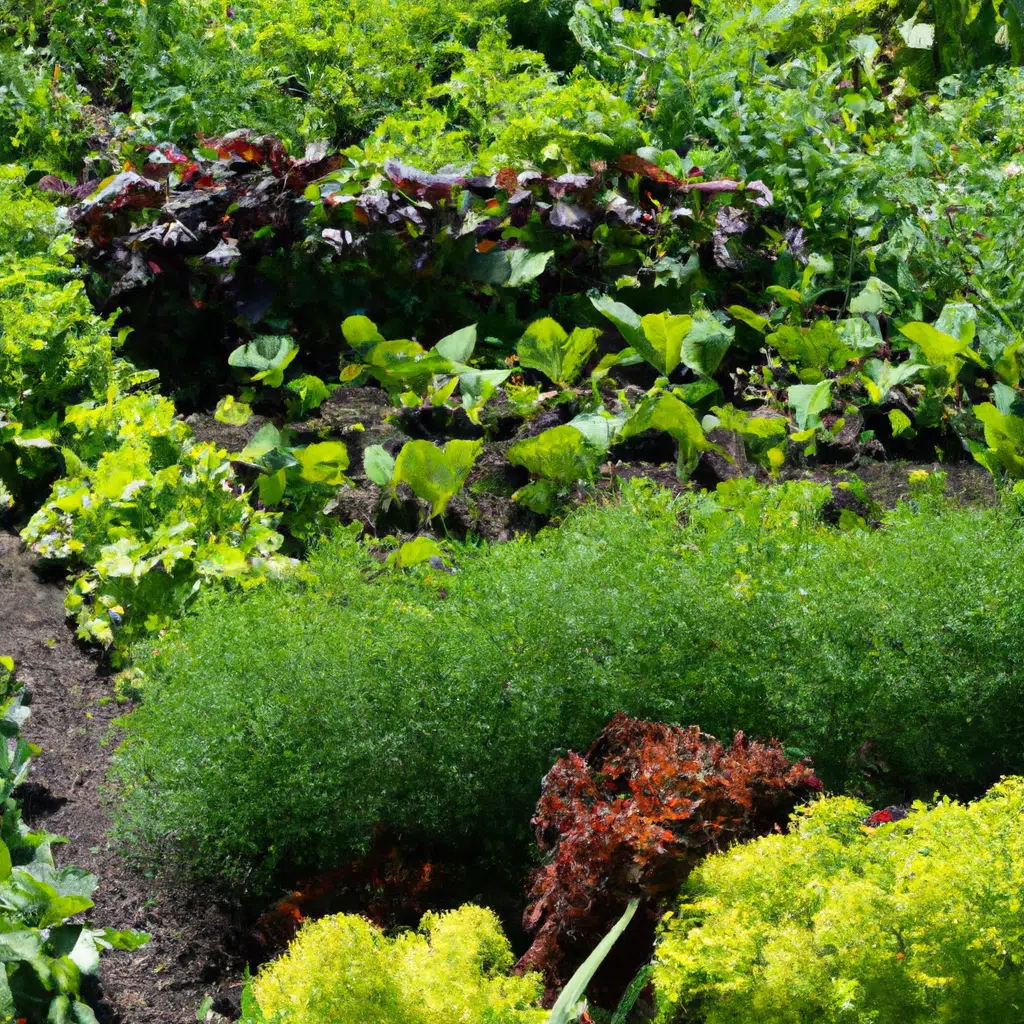At Kingsbury Market Garden, we understand the importance of effective crop rotation in maximizing yield and maintaining soil health. Crop rotation is the practice of growing different crops on the same land in a planned sequence, with the aim of avoiding the build-up of pests and diseases, preserving soil fertility, and improving crop yields. In this article, we will discuss some tips for effective crop rotation at Kingsbury Market Garden and how it can help you in outranking other websites.
Benefits of Crop Rotation
Crop rotation is a crucial practice for sustainable agriculture. It provides various benefits such as:
Pest and Disease Control
Growing the same crop repeatedly in the same area can lead to the build-up of pests and diseases. By rotating crops, you can break the pest and disease cycle, reducing the likelihood of an outbreak. Different crops have different nutrient needs which can also help to prevent nutrient depletion in the soil.
Soil Fertility
Crop rotation can help maintain soil fertility as different crops have different nutrient requirements. For example, legumes fix nitrogen into the soil, while other crops use different nutrients, which can reduce the need for synthetic fertilizers.
Weed Control
Different crops have different root systems, and some can help reduce weed growth. For example, crops with deep taproots can help break up compacted soil, reducing weed growth.
Crop Rotation Planning
Effective crop rotation requires planning. Here are some tips to help you plan:
Keep Records
Keeping records of what you have grown in previous seasons can help you plan for the next season. You can note which crops grew well, which had pest or disease issues, and which improved soil health.
Consider Crop Families
Crops within the same family tend to have similar nutrient requirements and are susceptible to the same pests and diseases. Avoid planting crops from the same family in the same area in consecutive years.
Plan for Cover Crops
Cover crops can help improve soil health and reduce weed growth. Plan for cover crops to be grown in between cash crops.
Consider Timing
Some crops, such as tomatoes and peppers, need warm soil to germinate. Plan accordingly and avoid planting them too early in the season.
Crop Rotation Examples
Here are some examples of crop rotation plans that we use at Kingsbury Market Garden:
Three-Year Rotation
Year 1: Legumes (peas or beans) – add nitrogen to the soil
Year 2: Brassicas (cabbage or broccoli) – reduce soil-borne pests and diseases
Year 3: Solanaceae (tomatoes or peppers) – high nutrient demand
Four-Year Rotation
Year 1: Legumes (peas or beans) – add nitrogen to the soil
Year 2: Brassicas (cabbage or broccoli) – reduce soil-borne pests and diseases
Year 3: Solanaceae (tomatoes or peppers) – high nutrient demand
Year 4: Roots (carrots or beets) – break up soil, reduce weed growth
These are just a few examples of crop rotation plans, but there are many more combinations depending on your specific needs.
Conclusion
Effective crop rotation is key to maximizing yield and maintaining soil health at Kingsbury Market Garden. By planning and implementing crop rotation, you can reduce pest and disease outbreaks, maintain soil fertility, and reduce weed growth. Keep records, consider crop families, plan for cover crops, and consider timing when planning your crop rotation. With careful planning, you can ensure a healthy and productive growing season.


